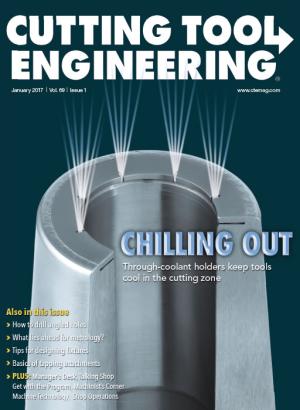Twenty years ago, I would have told you that lean was a bunch of bull.
The longer I’m in the business, however, the more I believe wholeheartedly in lean. As a result, I try to learn more about it.
For example, I had a successful experience at a lean training workshop last year. The instructor, Matthew Pothoff, Ph.D., infused his lectures with quite a bit of his personal experiences, plus he had us share our own experiences. He’s definitely not your typical instructor.
Matt is the director of the Operations Leadership Factory and an adjunct assistant professor of the University of Michigan’s Tauber Institute for Global Operations Engineering. He holds a doctorate in business administration from that university’s Ross School of Business, a bachelor’s in economics and mechanical engineering from Rice University, and began his career at ExxonMobil as a drilling engineer. Whew!
Our workshop team consisted of about a dozen people with a wide range of opinions and ideas.
The 32 hours of classroom and shop floor training consisted of lean fundamentals, just-in-time elements and operational tools. Among the lean fundamentals covered:
- The principles of lean, which include continuous improvement, respect for people, identifying and eliminating waste, and making problems visible and then solving them.
- Sources of waste are overproduction, defects, inventory, motion, transportation, overprocessing, waiting, misuse of human talent, and squandering materials and energy.
- Standardized work includes operator movement, cycle time, takt time (the maximum amount of time in which a product needs to be produced to satisfy customer demand) and line balancing (evenly dividing work among a group of people).
- 5S (sorting, straightening, shining, standardizing and sustaining) and visual control, such as standardized work charts, shadow boards and scoreboards.
Just-in-time elements included:
- One-piece flow, which is simply processing one unit at a time.
- SMED (single-minute exchange of die), i.e., quick job changeovers.
- Kanban, which is better communication through visual management.
- Process mapping, which is a work-flow diagram to better understand a process.
Operational tools included:
- Built-in quality, which means to integrate quality in a manufacturing process. This minimizes inspection after the fact, which reduces waste and time and improves part quality and throughput.
- TPM (total productive maintenance), which maximizes the effectiveness of production systems with the participation of a facility’s entire workforce.
- 3P (production, preparation and process), which begins by forming a team and setting goals and then designing the process on paper, building mock-ups, planning for material and information flow, creating a full-scale mock-up, building the equipment, testing the system and training the workforce.
The purpose of this workshop was to promote a culture of continuous improvement on the shop floor and to reduce lead times. Matt’s hands-on experience was a great help in understanding the process. I definitely recommend him as a lean instructor, and I look forward to receiving additional lean training with him in the future.
Related Glossary Terms
- just-in-time ( JIT)
just-in-time ( JIT)
Philosophy based on identifying, then removing, impediments to productivity. Applies to machining processes, inventory control, rejects, changeover time and other elements affecting production.


